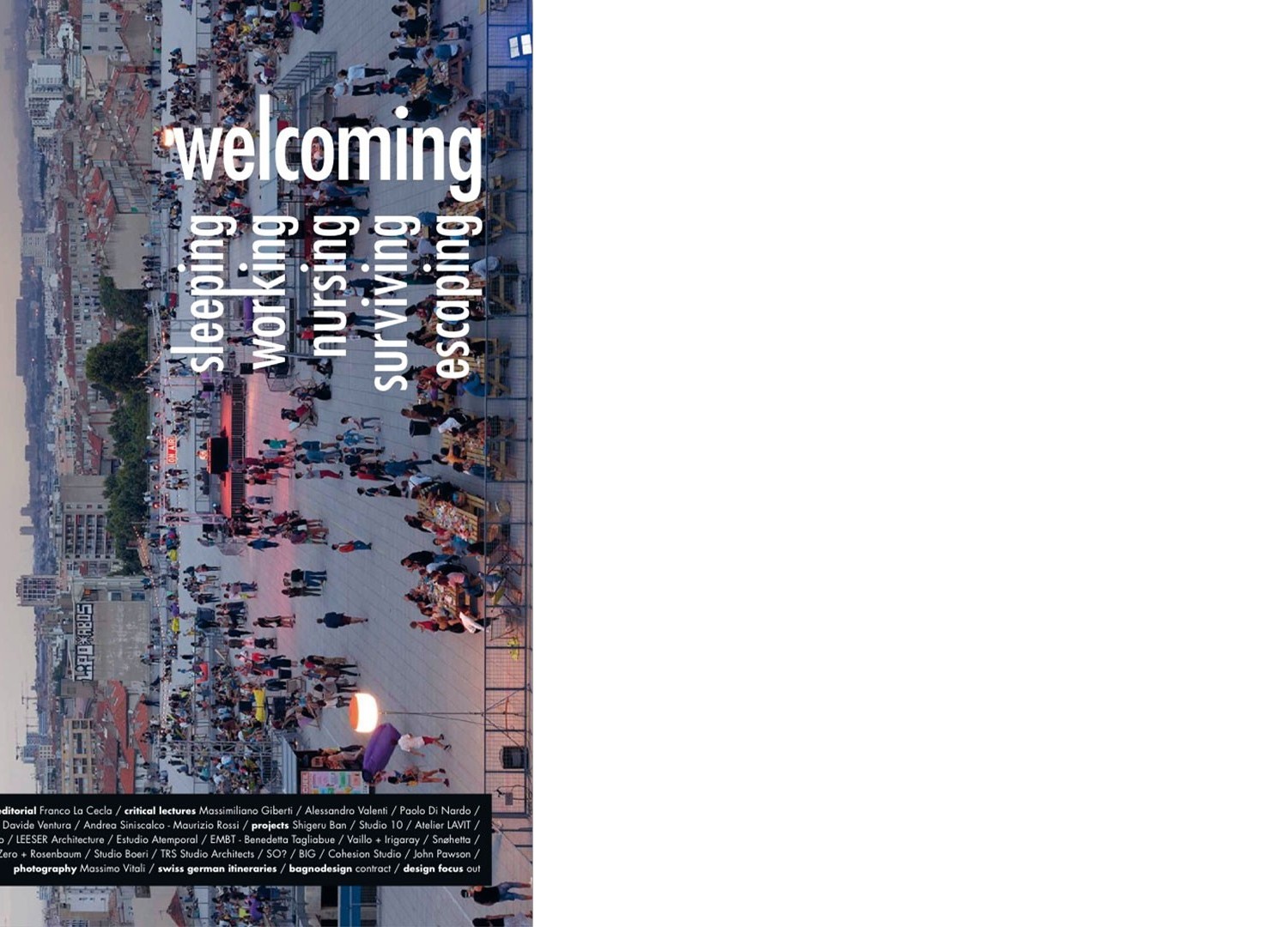
International magazine of architecture and project design july/august 2019
If there is significance in making a magazine, it lies in the possibility of tirelessly insisting on carrying out research and, if there is a reason to continue reading it, this is measured in the need, for those who design, to put study at the core of their own work. Study and research are closely interconnected with the architectural discipline which, if expresses the art of living, evidently represents the result of an art in constant evolution because our conditions of life constantly change and with this, our needs and our desires. Modern times, as a result of globalisation, have transformed humanity into an interconnected and constantly moving world, making the issue of hospitality extremely topical and of what we find far from our home and our workplaces and even when the digitisation of production processes allows forms of domestic work, it is the house that is forced to change, forced to accommodate those activities once external to domesticity. Welcoming today means living and this is demonstrated in an epochal dimension connected with the displacement of masses of people fleeing from war and poverty, and the countermeasures that try to hinder and stop what naturally follows the instinct to survival prove futile and inhumane. The theme of hospitality is therefore a central issue of our daily life, both in the dramatic and humanitarian dimension of the emergency, and in the vision of an existence where the domestic environment is no longer the fulcrum of a dwelling that has become compulsorily nomadic. We move in order to work, to sleep, to eat, to study, to have fun, to take care of ourselves, and every time we raise the issue of the physical quality of the places that welcome us and their ability to be hospitable and to make us feel, we could say with a bit of retro logic, away from home, like at home.It is also the result of a definitive overcoming of modernity and of a condition where the purpose of architecture is not to build places that follow eminently functional needs but habitable spaces which, beyond their specific function, place the quality of people‘s lives, feelings and emotions, at the heart of the project. I recall, with a logic that today brings a smile to our faces, the judgment as negative as it is awkward, by Giulio Carlo Argan – one of the greatest Italian critics of the twentieth century – with regard to the Cappella di Ronchamp by Le Corbusier (see “Casabella“ No. 209 of 1956), guilty of having betrayed the demands of modernity because the master, in his view, had not limited himself to designing a church, that is a container where the faithful gather in prayer, but an evocative space, unnecessarily emphatic and celebratory, perhaps excessively “welcoming“. Here, precisely those excesses should be nurtured by our daily planning ability in the belief that hospitality is not a term reserved for accommodation and tourism but an essential feature of every piece of architecture.
Marco Casamonti
Download cover
Download table of contents
Download introduction of Marco Casamonti


